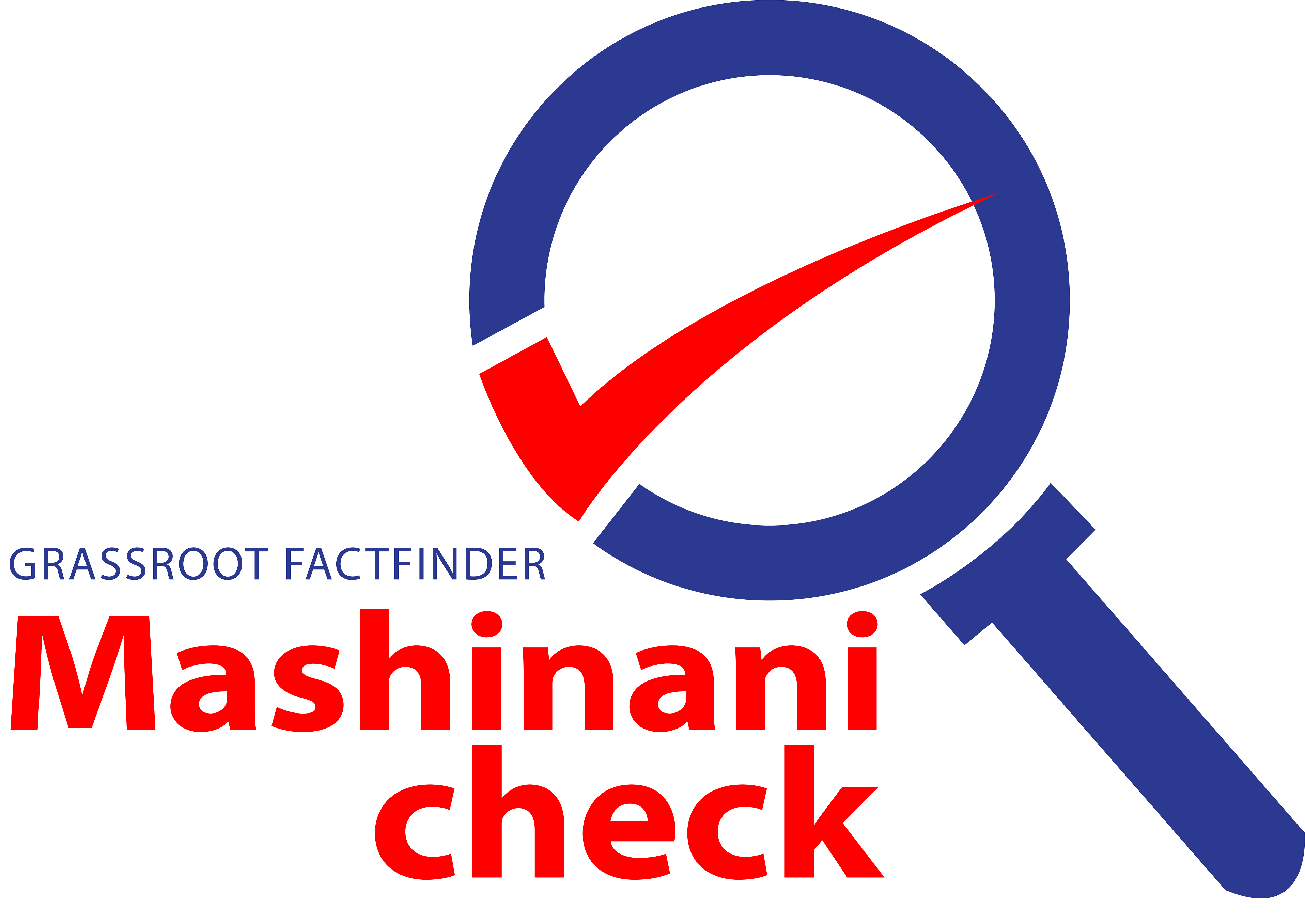BY MELISSA

Cyberspace and social media platforms have become a minefield of fake news, deception, and political manipulation. We have seen fake news sway elections, manipulate public opinion, destroy reputations of citizens and organisations.
The year 2019 marks an important, but also busy year for journalists and elections observer missions across the African continent. A number of country’s will be holding general elections, Nigeria being the first to do so come February .
For newsrooms, it is important to learn the tricks of the trade to fact-check and verify content. Journalists need to understand the importance of fact-checking, what to fact-check, and why fact-checking around elections in Nigeria and other countries matters. Just under six months ago in 2018, the misinformation in Nigeria had already begun, with a doctored image of the presidential candidate from the opposition Peoples Democratic Party, shaking hands with US President Donald Trump. Africa Check Nigeria did a Google image reverse search of the image and found that the image was photo shopped.
Africa Check Nigeria Editor, David Ajikobi says that facts matter in Africa because they affect our decision making.
“A good example of how unchecked facts affect people’s decision-making is the polio outbreak in Nigeria and the misinformation that led to the Nigerian Boycott of the Polio Vaccination Campaign.
“Bad information can prevent people from seeking appropriate help. Unverified facts can also create unnecessary panic,” explains Ajikobi.
Why is it important to distinguish between types of false news
Ajikobi explains that the different types of false content are created and distributed in different ways and audiences consume false news in ways that are similar to authentic news. Therefore, labeling false news correctly teaches audiences how to spot faked information on their own and think more critically about their news sources. He also adds that bad facts don’t just mislead people, they also obscure or obstruct the stories and issues we should be covering and the questions we should be asking.
Fact-checking for journalists is a series of systems and processes you can apply to any story, anywhere and time. Journalists should learn how to plot and match (triangulate data) and share sources, and to think more carefully about the types of sources they use.
Ajikobi provides the following steps on how to fact-check a politician’s claim in simple steps.
- Discern whether the statement is a claim of fact.
- Decide whether the claim matters.
- Ask for evidence, if the politician doesn’t respond try to find evidence that supports their claim.
- When you find evidence — test it.
- Think about the context. Are they claiming credit that is not due? Find reliable sources to test the claim against.
- Understand why someone might believe it.
However, the problem with fake news and misinformation is when it originates on platforms news organisations cannot monitor. There are different types of mis- and disinformation in the digital age that are affecting journalism that journalists should be aware of.
7 types of mis- and disinformation – Claire Wardle First Draft News
1.Satire or parody- no intention to cause harm but has the potential to fool.
2. False connection- When headlines, visuals or captions don’t support the content
3. Misleading content — Misleading use of information to frame an issue or individual.
4. False context- when genuine content is shared with false contextual information
5. Imposter content — When genuine sources are impersonated.
6. Manipulated Content- When genuine information or imagery is manipulated to deceive
7. Fabricated content — New content is 100% false, designed to deceive and do harm
Source, Jamblab.Africa



